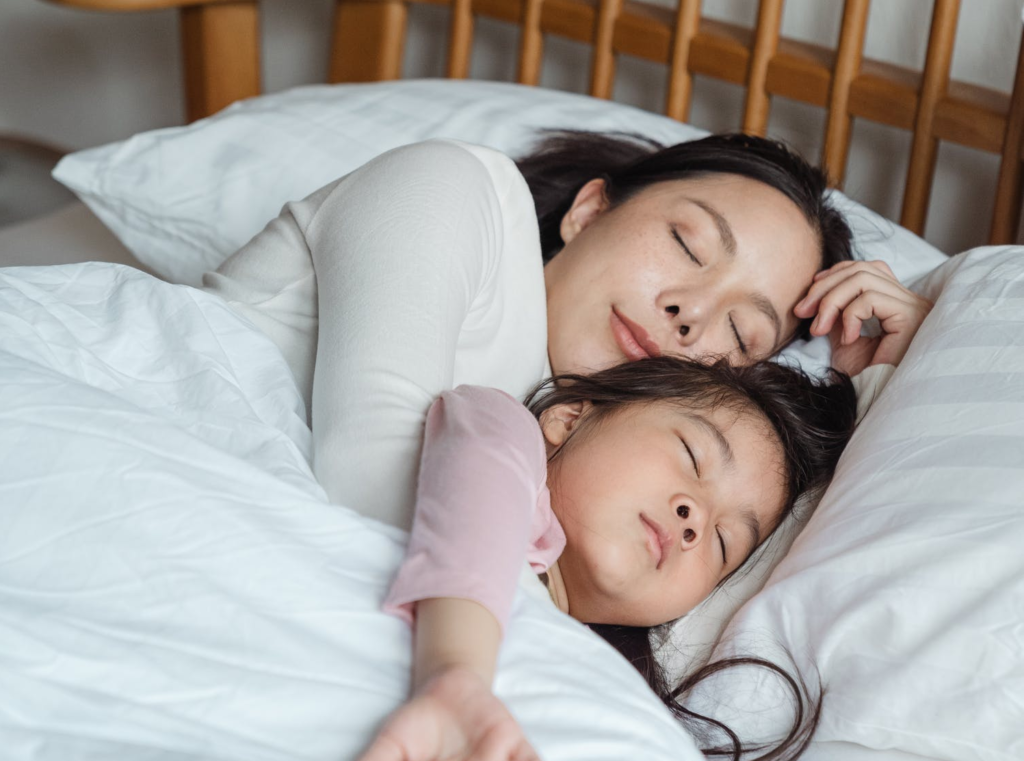As your understanding of sleep apnea grows, you may wonder whether you should concentrate on children or adults. It may appear that everyone, regardless of age, has the same symptoms. However, children frequently exhibit symptoms that are remarkably different from those of adults. This makes detecting a problem more difficult.
What are Causes of Sleep Apnea in Children?
When we sleep, our muscles, including those in our throat, relax automatically. They may over-relax in some cases, resulting in airway collapsing and difficulty breathing. This is true not only for adults, but also for children.
Increase in tonsil size contribute to airway obstruction while sleeping. Other factors that can increase a child’s risk include:
- overweight or obesity
- cerebral palsy
- down syndrome
- health issues with the mouth and throat region
- family history
What Signs are Most Common in Children with Sleep Apnea?
Unfortunately, when children stop breathing, their oxygen levels drop, while carbon dioxide levels rise. The brain then wakes them up and reminds them to breathe. Most of the time, this occurs unexpectedly, and they return to sleep without realizing they’ve awoken.
In the case of sleep apnea, this can continue throughout the night. As a result, children who suffer from it do not get enough sleep.
Each child is unique and will exhibit different symptoms. The following are the most common symptoms associated with sleep apnea to help you identify them:
- snoring, frequently accompanied by gasps, silences, or mumbles
- breathing heavily
- night terrors
- sleepwalking
- sleeping in uncommon postures
- wetting the bed while sleeping
- behavior problems
- difficulty focusing
- growth issues
- grinding of the teeth
- breathing through the mouth
When a child struggles to stay awake, it is an indication that they have sleep apnea. Even if they are difficult to wake up in the morning, this is another sign. Furthermore, if your child suffers from sleep apnea, you may notice that they are more hyperactive than usual. If this is the case, their doctor will almost certainly diagnose them with ADD/ADHD. If treatment fails, sleep apnea is the most likely cause.
How Should You Treat Children with Sleep Apnea?
Thankfully, treatments for adults are also effective for children. Tonsillectomy, CPAP, or oral appliance therapy may be suggested. However, it is determined by the severity of the sleep apnea.
CPAPs are typically less expensive than oral devices. It may be challenging for children to wear and keep them on all night. An oral appliance, which is more comfortable to wear and can be tailored to a child’s mouth, may be a better solution. Your doctor will recommend the best treatment option for your child’s situation after discussing it with you.
Your child may also benefit from seeing an orthodontist. The specialist will recommend orthodontics to help your child breathe and sleep better at night. Orthodontics may address the alignment issues that are causing their breathing and sleeping difficulties throughout the night.
It is critical to understand how children differ from adults when it comes to sleep apnea. This will assist you in determining how to best treat them. Finally, keep an eye out for any other symptoms that are only seen in children.

